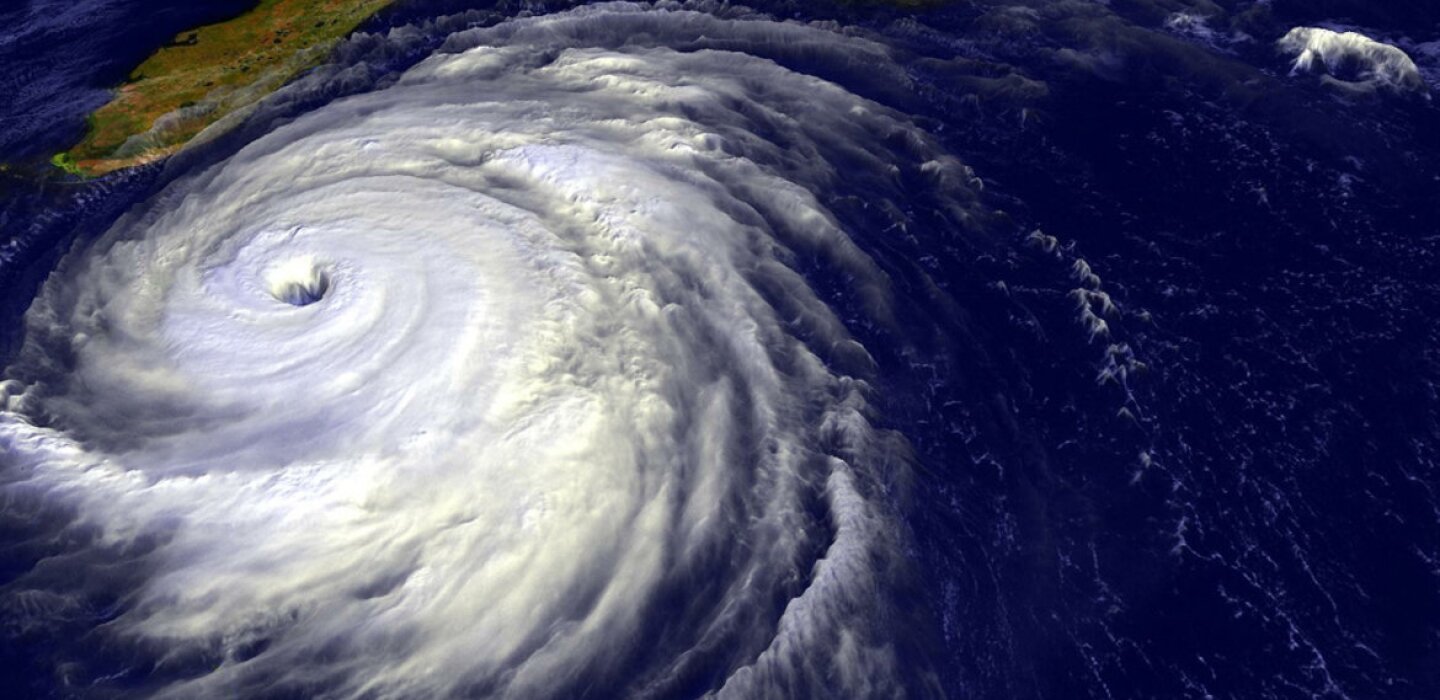
Here’s a Storm Kit Checklist for the 2023 Hurricane Season
(TNS) – There are some items in a hurricane kit that may keep you alive after a storm: medications, food and water.
There are other items that will just make your life a little easier or more comfortable after a hurricane hits: a headlamp, for instance, or a battery-operated fan.
A good hurricane kit will have a combination of both the essentials and the handy. And you don’t want to wait until a storm is headed this way to get your kit together. Start working on it now.
You don’t have to do it all in a day. For instance, I don’t go out and buy 100 cans of soup and a dozen boxes of granola bars on the same day. I start in the spring and build it up over time, grabbing nonperishable food and bottles of water that are on sale every time I go to the grocery store. It also means I build up a variety.
Another thing about hurricane kits: They vary from one person or family to another. If you have kids, pets or older adults living with you, your kit will need to be adjusted.
As much as you want to focus on the essentials like food and water, plan to also stow items that will make life easier or more comfortable.
If your power is out and you don’t have a generator, it will be pitch black at night. Sure, a flashlight will do for finding your way around. But if you want to be able to do complex tasks after dark, having a headlamp will give you two free hands instead of one having to hold the flashlight.
And a battery-powered fan will give you just a little bit of comfort as Florida’s humid summer weather scorches all of us suddenly without air conditioning. Also, be sure you have a lot of backup batteries to keep that thing going.
But let’s get back to the basics for a bit.
Emergency officials say people should have seven days’ worth of nonperishable food and water per family member, including pets. That’s the length of time it could take for supplies to reach you after a bad hurricane. The standard rule is that each person will need at least 1 gallon of water per day. You also should keep at least 30 days’ worth of prescription medication on hand.
Beyond that, here are some checklists to help you prepare, no matter the situation.
The Florida Division of Emergency Management (www.floridadisaster.org), the Department of Homeland Security (www.dhs.gov), the Federal Emergency Management Agency (www.ready.gov/kit) and the Centers for Disease Control and Prevention (cdc.gov/childrenindisasters/checklists/kids-and-families.html) also offer checklists.
Personal hurricane kit
Build a bag with everything you’ll need in a backpack or two if you have to evacuate.
- Air horns or whistles, to call for help
- Assorted batteries, including for hearing aids
- Backpacks, sturdy and waterproof
- Can opener (manual, never electric)
- Cash (no power or cell service means no credit cards or mobile payments)
- COVID-19 test kits
- Disinfecting wipes
- Extra clothing and socks, including something warm in case it gets cold
- First-aid kit
- Hand sanitizer
- Handheld lanterns
- Headlamp and batteries
- Identification, insurance cards, etc.
- Insect repellent
- NOAA Weather Radio, battery or hand-crank
- Nonprescription medication (anti-diarrheal, pain relievers, etc.)
- Pandemic masks
- Pens and paper (don’t run down your phone battery by writing stuff down)
- Personal wipes (antibacterial)
- Phone charging cables, wall chargers
- Portable power banks for smartphones and tablets
- Rain jacket and pants/poncho
- Rubber boots
- Safety work gloves
- Spare contacts and eyeglasses (also eyedrops)
- Spare keys to homes, businesses and vehicles
- Sturdy boots or shoes (and a backup pair)
- Sunscreen, lip balm
- Sleeping bags
- Toothbrushes, toothpaste, floss
- Water purification tablets
- Waterproof folders, for documents and photos
- Waterproof matches, lighter
Home hurricane kit
If you lose power after a storm, if your home or neighborhood gets hit hard or if help is unable to reach you for a while, this gear will make your wait at home more tolerable.
- Bleach (to clean up mold)
- Carbon monoxide detector, battery-powered (for gas-powered generators)
- Can opener (manual, never electric)
- COVID-19 test kits
- Disinfecting wipes
- Duct tape
- Extra water (fill bathtubs for flushing)
- Hand soap
- Fan, battery-operated
- Fire extinguisher
- First-aid kit
- Garbage bags, plastic sheeting (for garbage and covering broken windows)
- Insect repellent
- Long-handle squeegees for scraping mud out of a flooded home
- Laser pointer, to attract help in the dark (aiming one at an aircraft is a crime)
- Laundry detergent, bucket for washing clothes
- NOAA Weather Radio, battery or hand-crank
- Pandemic masks
- Paper cups, plates, plastic utensils
- Paper towels (better than sponges if there’s no water)
- Personal wipes (antibacterial)
- Portable air conditioner that can run off a generator
- Portable camping stove
- Portable generator (never operate one indoors or near a door or window; beware of carbon monoxide poisoning)
- Portable power banks for smartphones and tablets
- Powerful flashlight
- Rags, sponges and mops for cleanup
- Safety work gloves
- Spray paint (to paint address, insurance carrier on house)
- Surge protectors or power strips
- Tarps (for damaged roofs, walls and windows)
- Termite bait and ant poison
- Toilet paper
- Tool kit
- Toothbrushing pads (when water is in short supply)
- Wrench or pliers, to turn utilities on and off
©2023 Tampa Bay Times. Visit tampabay.com. Distributed by Tribune Content Agency, LLC.


Average Rating